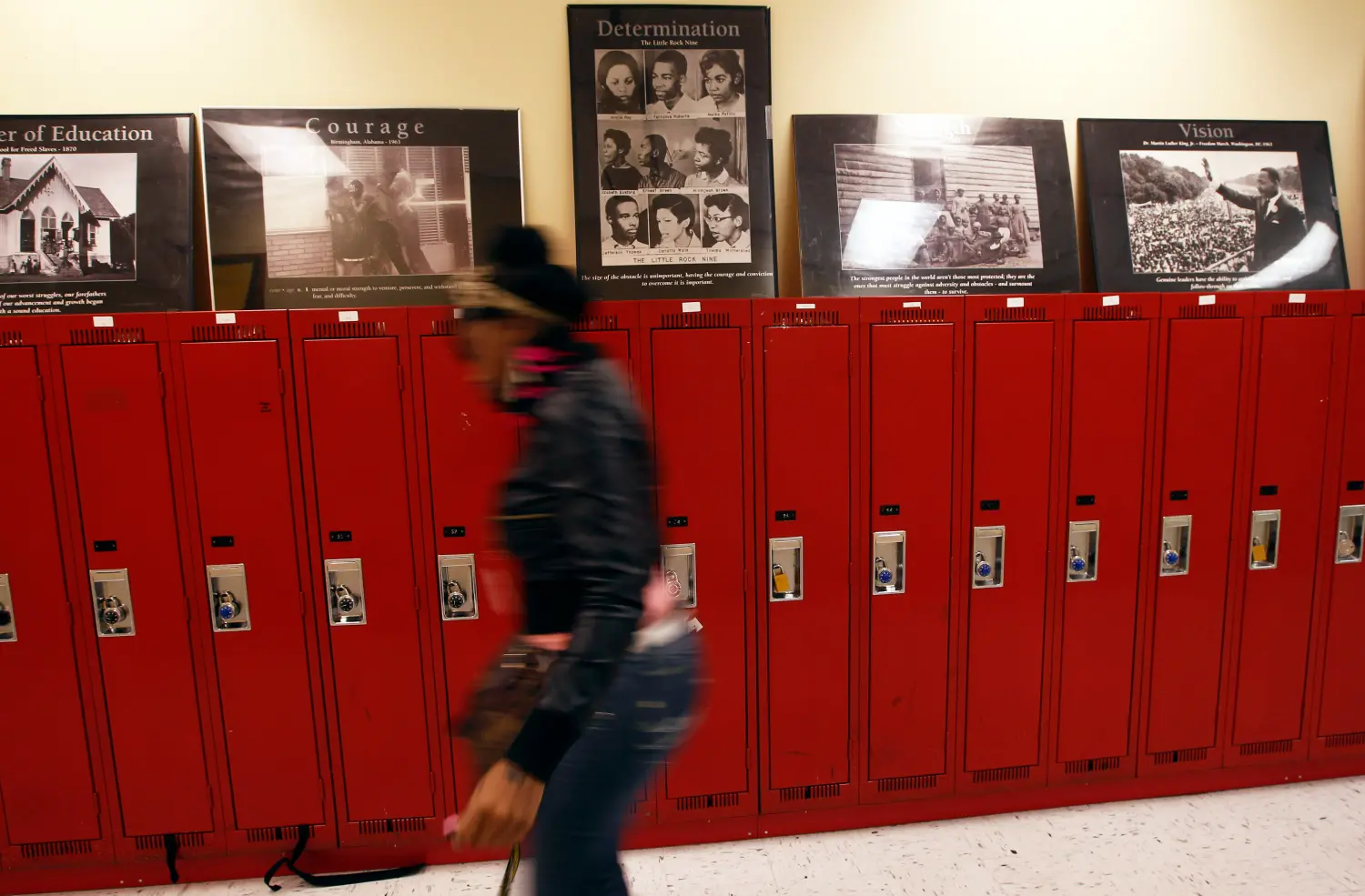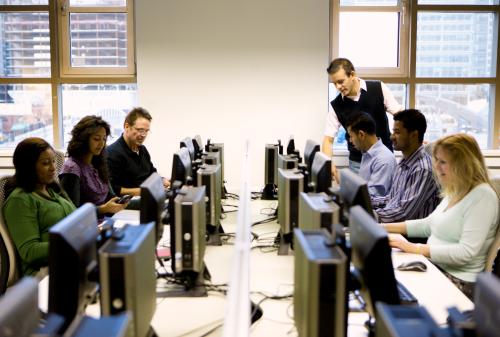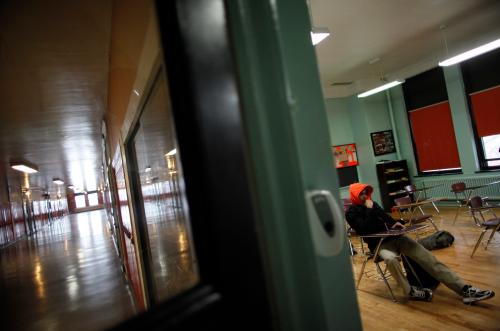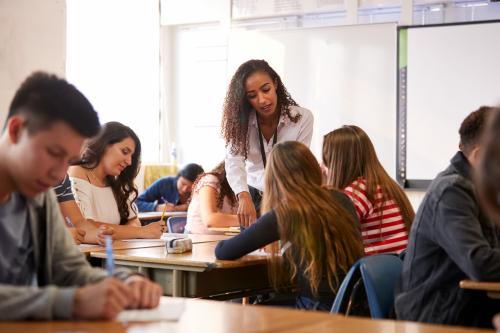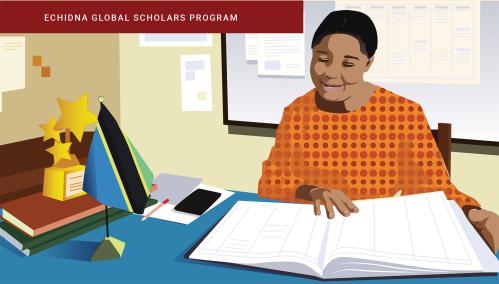Humans frequently make automatic decisions at a subconscious level. The human brain’s capacity for reflexive decisionmaking is what Nobel Laureate Daniel Khaneman calls “System 1” (as opposed to the more analytical, thoughtful, deliberate decision making of “System 2”) in the best-selling “Thinking, Fast and Slow.” This evolutionary adaptation was, and is, sometimes necessary for survival. However, these automatic responses occur via the rapid processing of new information through existing patterns of thought. Thus, because our automatic responses are shaped by our lived experiences and the broader social contexts in which we live and work, a pervasive byproduct of reflexive decisionmaking is unconscious bias (UB), which is also referred to as implicit bias or implicit social cognition.
Specifically, UB is the phenomenon in which stereotypes, positive or negative, influence decisions and behaviors without the individual consciously acting on the stereotype or being aware that he or she is doing so. Moreover, UB can occur even when individuals know or believe the stereotype to be false.
The insidiousness of UB is that it can create self-fulfilling prophecies that create and perpetuate inequities between in- and out-groups, even when the initial stereotype was incorrect (and there was no pre-existing difference between in- and out-group members). This post outlines some promising interventions we identify in a recent report, commissioned by Google’s Computer Science Education Research Division, that can short-circuit the recursive processes and self-fulfilling prophecies triggered by UB.
In this report, we argue that the consequences of UB may be particularly salient in the hierarchical environments of schools. Specifically, UB likely perpetuates socio-economic, gender, and racial gaps in educational outcomes such as academic performance, engagement with school, course and major choice, and persistence in higher education, particularly among historically disadvantaged and underrepresented groups such as low-income and racial-minority students. These gaps in educational outcomes then manifest in corresponding workplace disparities in pay, promotions, and employment.
Indeed, there is ample evidence of UB in educational settings, both in experimental labs and “in the field” with real individuals who were unaware of their participation in an experiment. For example, Moss-Racusin and colleagues conducted a lab experiment in which science faculty at research universities reviewed fictitious applications for a hypothetical lab assistant position and systematically rated male “applicants” higher than otherwise-identical female “applicants.” In a similar field experiment, Milkman and colleagues emailed meeting requests from fictitious prospective doctoral students to professors and found that white male “students” received more, and faster, responses than female and non-white students, particularly in higher-paying STEM careers like computer science and engineering. A recent field experiment conducted by one of us and colleagues found that the instructors of online courses were nearly twice as likely to respond to discussion-forum comments placed by students who were randomly assigned white-male names. Consistent with a UB interpretation, the pro-male bias was observed among both male and female faculty in these studies. The K-12 context is also ripe with suggestive, quasi-experimental evidence of pervasive UB in the form of systematic grading biases and student-teacher racial match effects.
Additionally, individuals from stereotyped out-groups themselves react negatively to seemingly innocuous environmental factors, such as the demographic composition of a classroom, the race or sex of an instructor or proctor, and even the design and decoration of the classroom. One example of this is the phenomenon of stereotype threat, whereby the mere threat of being stereotyped by a white (male) instructor, even when no outright bias is expressed, may distract black (female) students, ultimately leading to poor performance on exams and even disengagement from school.
An experiment by Cheryan and colleagues provides evidence of a similar phenomenon regarding the power of classroom décor. Female undergraduates randomly assigned to computer-science classrooms containing objects stereotypically associated with male computer scientists (e.g., “Star Wars” posters) expressed less interest in pursuing computer science than females assigned to computer-science classrooms decorated with gender-neutral objects (e.g., art and nature posters). Such responses relate to priming, whereby external stimuli subconsciously prompt individuals to recognize, and conform to, negative stereotypes. To the extent possible, then, such prompts should be removed from educational and workplace environments. However, by definition, all such prompts cannot be removed (at least in the short run), as UB is driven by stereotypes and subtle cues entrenched in organizations, schools, and society at large.
There is room for optimism, however, as rapidly growing, interdisciplinary groups of social psychologists, economists, and educational researchers are actively developing effective, low-cost interventions. Importantly, these interventions do not ask individuals to suppress their biases. Doing so is counterproductive, as suppressing innate behaviors levies a tremendous tax on mental bandwidth, which distracts the individual from other job functions, and ultimately leads to “rebound effects” in which UB eventually rises above pre-intervention levels.
Rather, theoretically informed, precisely targeted wise interventions that aim to attenuate the consequences of UB show great promise. In schools, such interventions can be either student- or teacher-facing. The former generally attempt to buffer students from the consequences of UB (summarized in Table 1 of our full report). The most common interventions of this sort are “affirmation” interventions, in which students are tasked with writing a brief journal entry regarding their personal goals or values each morning. Also promising are mindset interventions that aim to move students from fixed to growth mindsets, in which achievements are viewed as the result of specific processes and behaviors rather than of innate (fixed) abilities or circumstances. These sorts of interventions are thought to dampen the consequences of UB by encouraging resiliency and reducing anxiety among students. Pilot studies generally suggest that such student-facing interventions effectively increase students’ GPAs and performance on standardized exams.
However, there are some concerns regarding the scalability of student-facing interventions, as evaluations involving large numbers of classrooms and/or schools tend to find smaller, or even null, effects. This is likely due to the fact that teachers, and school and classroom climates, moderate the efficacy of such interventions. Indeed, a large-scale study by one of the authors finds that a student-facing affirmation exercise was only effective in the classrooms of otherwise-effective teachers. This suggests that the aforementioned teacher-facing interventions are a more promising line of pursuit, given the greater scalability and cost effectiveness. The reason is that each teacher encounters many students, and teachers have the ability to transform classroom environments in ways that mitigate the harms of UB.
The research base for teacher-facing interventions is thinner, but two notable studies stand out. First, Okonofua and colleagues evaluated an intervention that encouraged middle school teachers to empathize with students’ experiences and worldviews. The authors found that empathy is malleable and that teachers who used empathic discipline forged better relationships with out-group students. Of most import, student suspensions in the treated group fell by 50 percent. Second, Carnes and colleagues evaluated a 2.5-hour workshop based on “wise-intervention” principles. The workshop, provided to STEM faculty at the University of Wisconsin, increased faculty members’ awareness of their own biases and of UB, an important first step toward reducing UB’s harms. This result has since been replicated at other universities.
Several theoretically informed, evidence-based design features of these and similar teacher-facing, wise interventions are worth noting, particularly as schools, districts, universities, and other public and private organizations consider adopting or designing such interventions. These principles apply more generally to everyday interactions and decisionmaking within organizations.
- Nurture employees’ motivation to reduce UB by building an awareness of one’s own biases without shaming or blaming
- Develop an awareness of the shared psychological basis for UB and of the fact that UB is a naturally occurring, physiological phenomenon
- Evaluate individuals based on their own unique attributes and not through their group membership (social, demographic, or otherwise)
- Reduce the anxiety created by cross-group interactions by increasing the frequency of such interactions, particularly in low-stakes settings
- Encourage empathy and perspective-taking
- Build partnerships and teams that reduce out-group status
Finally, as teacher-facing interventions of the sort described above are fine-tuned, they can be effectively deployed at scale to both in-service and pre-service teachers. In the meantime, schools, teachers, and other administrators seeking to reduce the insidiousness of UB can adapt the six simple principles described above to the instructional practices and cultures of their classrooms and schools. (Additional resources for teachers and schools seeking to reduce the harms of UB can click here, here, here, here, and here.)
The Brookings Institution is committed to quality, independence, and impact.
We are supported by a diverse array of funders. In line with our values and policies, each Brookings publication represents the sole views of its author(s).

